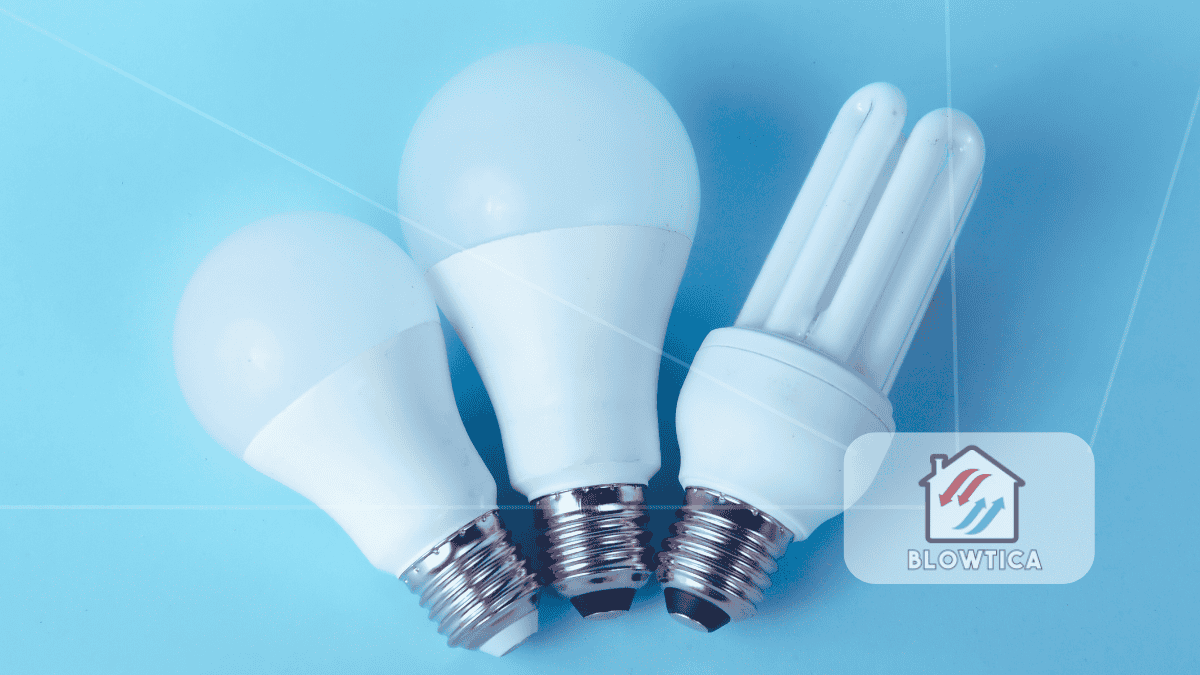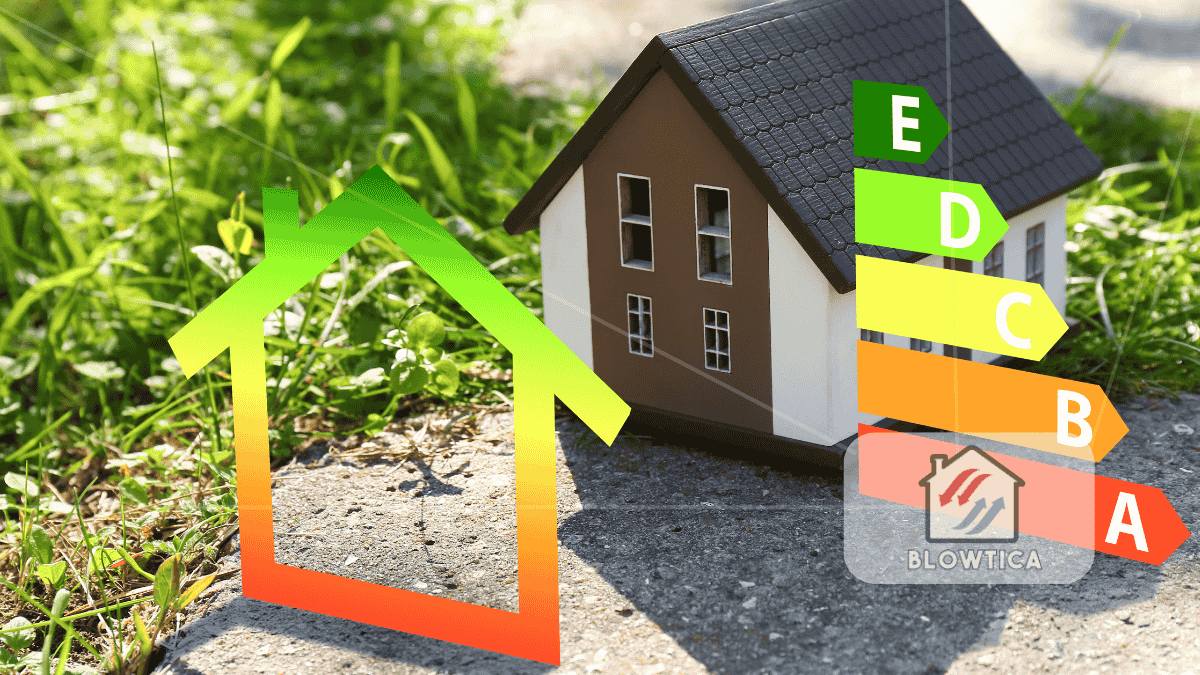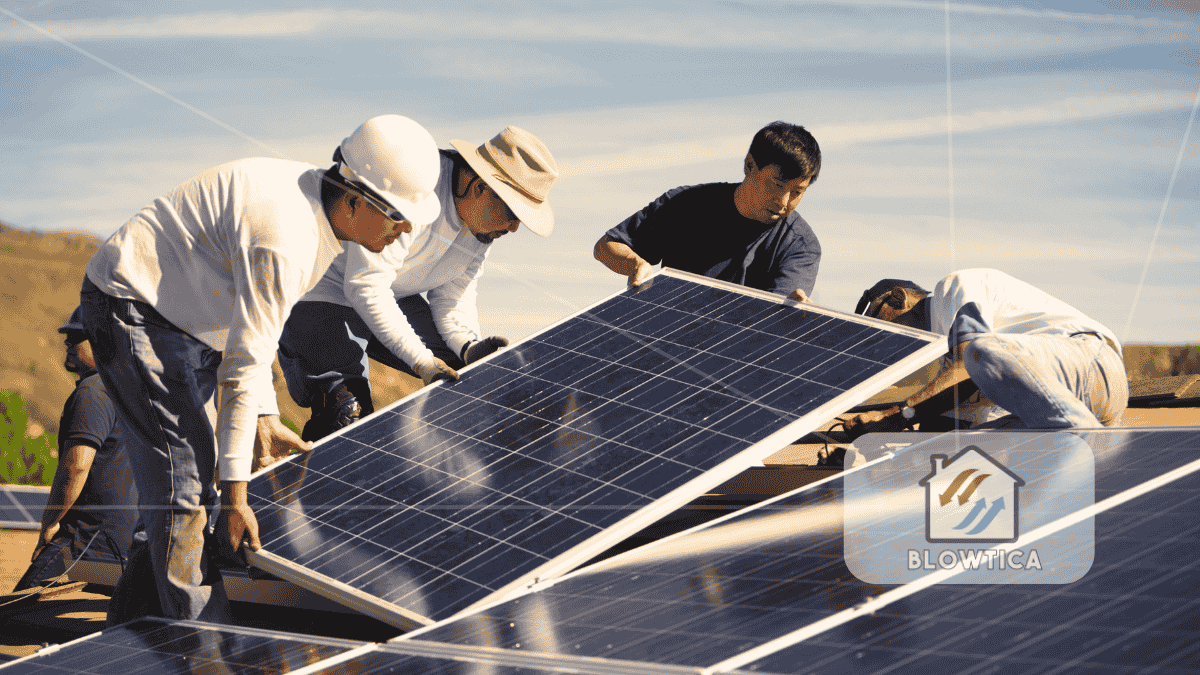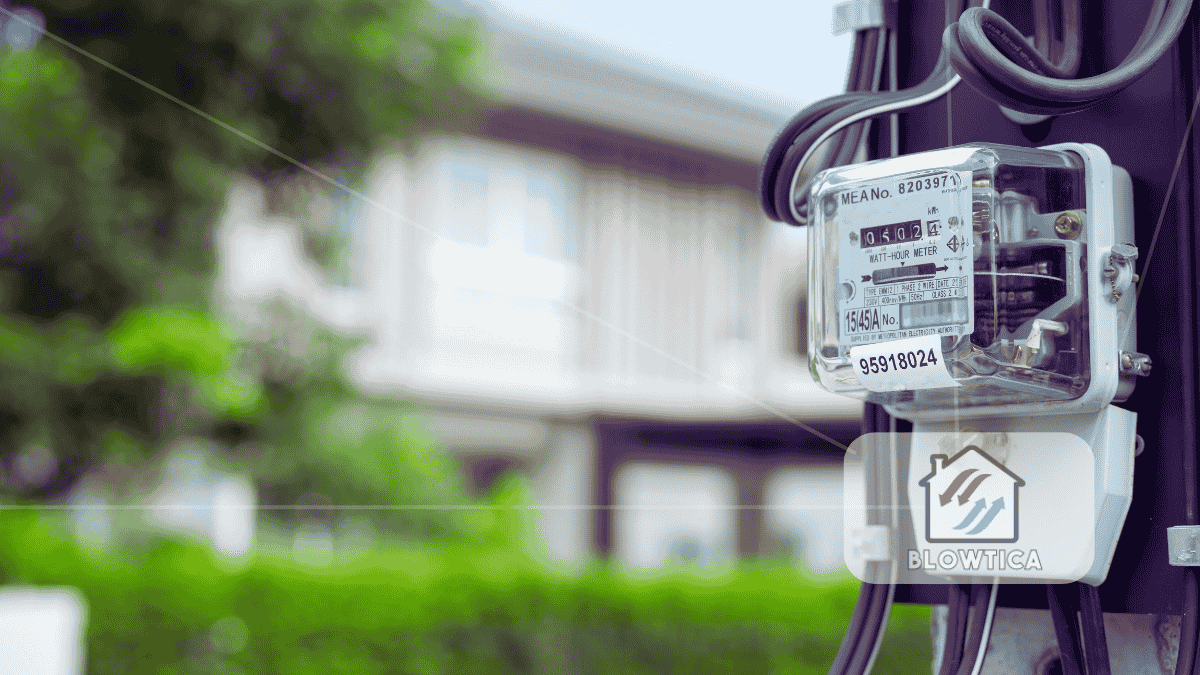
Cutting your energy bills doesn’t have to mean cutting comfort. In fact, some of the most effective energy-saving hacks are simple changes that make your home more efficient without changing how you live.
With utility costs on the rise and climate awareness growing, homeowners are looking for smarter ways to manage their energy use. Whether you own a suburban house, a city loft, or a rural bungalow, there’s something in this guide for you.
Let’s break down the most effective energy-saving hacks that actually work and show you how to start seeing savings this month.
1. Plug the Leaks: Your House Is Probably Leaking Money
Most homes lose heat or cooled air through small gaps around windows, doors, and vents. These leaks can account for 25–30% of energy loss, especially in older homes.
Quick wins:
- Weatherstrip doors and windows.
- Seal gaps with caulk or foam.
- Install door sweeps at thresholds.
Want to go further? Get a blower door test or thermal imaging audit to find the worst offenders. Many energy companies offer this service at low or no cost.
2. Upgrade Lighting (And Use It Better)
Switching to LED bulbs is one of the most straightforward energy-saving hacks and it’s one of the most cost-effective. But it’s not just about swapping bulbs.
Next-level tips:
- Use task lighting instead of lighting entire rooms.
- Add motion sensors in less-used areas like hallways or laundry rooms.
- Turn off lights in unoccupied rooms yes, every time.
Energy-efficient lighting can reduce lighting-related energy use by up to 90%. If you still have incandescents or even early CFLs, you’re leaving savings on the table.
3. Control the Temperature (Don’t Let It Control You)
Heating and cooling are often the largest chunk of your home energy usage. Smart thermostats give you real control, and more importantly, consistency.
How to optimize:
- Program daily schedules around your routine.
- Use features like geofencing to auto-adjust when you leave home.
- Set up zoning if your system supports it, so you only heat or cool the rooms you’re using.
This energy-saving hack alone can cut your annual energy use by 10% or more with very little effort.
4. Kill the Phantom Load
Many electronics still draw power when off or in standby mode. That trickle adds up.
Smart strategies:
- Use smart power strips with timers or occupancy sensors.
- Unplug idle devices like printers, chargers, or the second TV no one watches.
- Turn off game consoles and streaming boxes fully not just to standby.
A little discipline here can knock a few hundred kilowatt-hours off your yearly bill.
5. Beef Up Your Insulation
Insulation isn’t just for the attic. Walls, basements, and crawl spaces are all part of the heat-retention puzzle. Without solid insulation, your HVAC is working against itself.
Where to check:
- Attic: Add or replace old insulation.
- Exterior walls: Consider blown-in or spray foam options.
- Basement and crawl spaces: Insulate rim joists and foundation walls.
Pro move: Use thermal cameras (many energy auditors or even smartphone attachments can do this) to see where your home is losing heat or cooling.
6. Make Your Water Heater Work Smarter
Hot water accounts for 15–20% of a typical energy bill. The good news? You can trim that without freezing through every shower.
Try this:
- Lower the thermostat to 120°F (49°C).
- Insulate your water heater tank with a blanket wrap.
- Wrap hot water pipes with foam sleeves.
Long-term: Consider switching to a heat pump water heater. They’re more expensive upfront but much more efficient.
7. Harness Natural Light and Fresh Air
This is one of those energy-saving hacks that’s often ignored because it’s free but it works.
Use nature to your advantage:
- Open blinds during the day to reduce lighting needs.
- In summer, close curtains in the afternoon to block heat.
- Open windows for airflow instead of cranking the AC on mild days.
Adjusting your habits here doesn’t cost a cent, and the savings show up fast.
8. Get Smarter About Appliances
Even newer appliances can be misused. And older models? They’re likely draining your wallet.
Steps to save:
- Always run full loads in dishwashers and washing machines.
- Wash clothes in cold water unless absolutely necessary.
- Let dishes air dry by turning off the heat-dry setting.
When it’s time to replace appliances, go for ENERGY STAR® certified models. They use less water, electricity, and run more efficiently overall.
9. Maintain What You Already Own
Efficiency isn’t just about what you buy, it’s how you use and care for it.
Maintenance hacks:
- Change HVAC filters every 1–3 months.
- Clean refrigerator coils twice a year.
- Flush water heaters annually to remove sediment buildup.
- Keep vents and returns clear of dust and obstructions.
Poor maintenance is one of the top reasons energy bills rise unexpectedly.
10. Consider Solar, Even at a Small Scale
Solar power doesn’t have to be all-or-nothing. Even if a full rooftop array is out of reach, smaller systems or partial installations can still make an impact.
Solar options:
- Portable plug-and-play solar panels for home offices or sheds.
- Solar water heaters or attic fans.
- Community solar programs (shared solar farms you can subscribe to).
Do the math, check local incentives, and think long-term. Solar can pay off in more ways than one.
11. Use Your Curtains Like Tools
Window treatments aren’t just for decoration, they’re energy tools if used right.
Seasonal curtain hacks:
- Summer: Use thermal curtains to block heat during peak sunlight.
- Winter: Open them during sunny hours to warm your space naturally, then close at night to hold heat in.
It’s low-tech, but surprisingly effective.
12. Shape Your Yard to Help Your Home
Your landscaping can help reduce energy use if planned well.
Ideas that work:
- Plant leafy trees on the south and west sides to shade your home in summer.
- Use evergreens as windbreaks on the north side to cut winter heating needs.
- Install reflective ground surfaces or gravel to reduce ambient heat.
Done right, your outdoor space becomes part of your home’s insulation strategy.
13. Monitor Your Consumption in Real Time
Energy monitors help you understand where your energy is going and how to reduce it. When you can see usage live, it’s easier to change habits.
What to look for:
- Whole-home energy monitors (often clamp onto your main electrical panel).
- Smart plugs that show real-time use per device.
- Apps that connect to your utility provider’s smart meter.
These tools pay for themselves quickly when they expose hidden waste.
14. Get Everyone in the House on Board
No hack works if no one follows through. The best results come when everyone kids, roommates, partners buys in.
Easy behavior changes:
- Turn off lights and fans when leaving a room.
- Set shorter showers.
- Keep doors closed to maintain heating/cooling zones.
- Use blinds and windows intentionally, not randomly.
Gamify it. Challenge your family to cut the next bill by 10%. Teach kids the “last one out, flip the switch” rule. Small wins build momentum.
15. Rethink How You Use Every Room
Some rooms require more energy than others. Pay attention to patterns in your home.
Examples:
- If a guest room is rarely used, close its vents and doors.
- If everyone works in the living room during the day, focus comfort efforts there and turn down heat elsewhere.
- Move electronics away from thermostats heat from TVs or lamps can skew readings.
The less space you heat or cool unnecessarily, the less you spend. This is one of the most overlooked energy-saving hacks.
Final Thoughts: Small Changes, Real Savings
Energy efficiency isn’t just about saving money, though it definitely does that. It’s about control, comfort, and knowing your home is working with you, not against you.
Most of these energy-saving hacks are easy to implement and require little to no upfront cost. Start with what you can do today, seal a window, change a bulb, program your thermostat. Then, keep building as your budget and bandwidth allow.
A more efficient home is quieter, more comfortable, more affordable, and better for the planet. That’s a win every homeowner should take.







